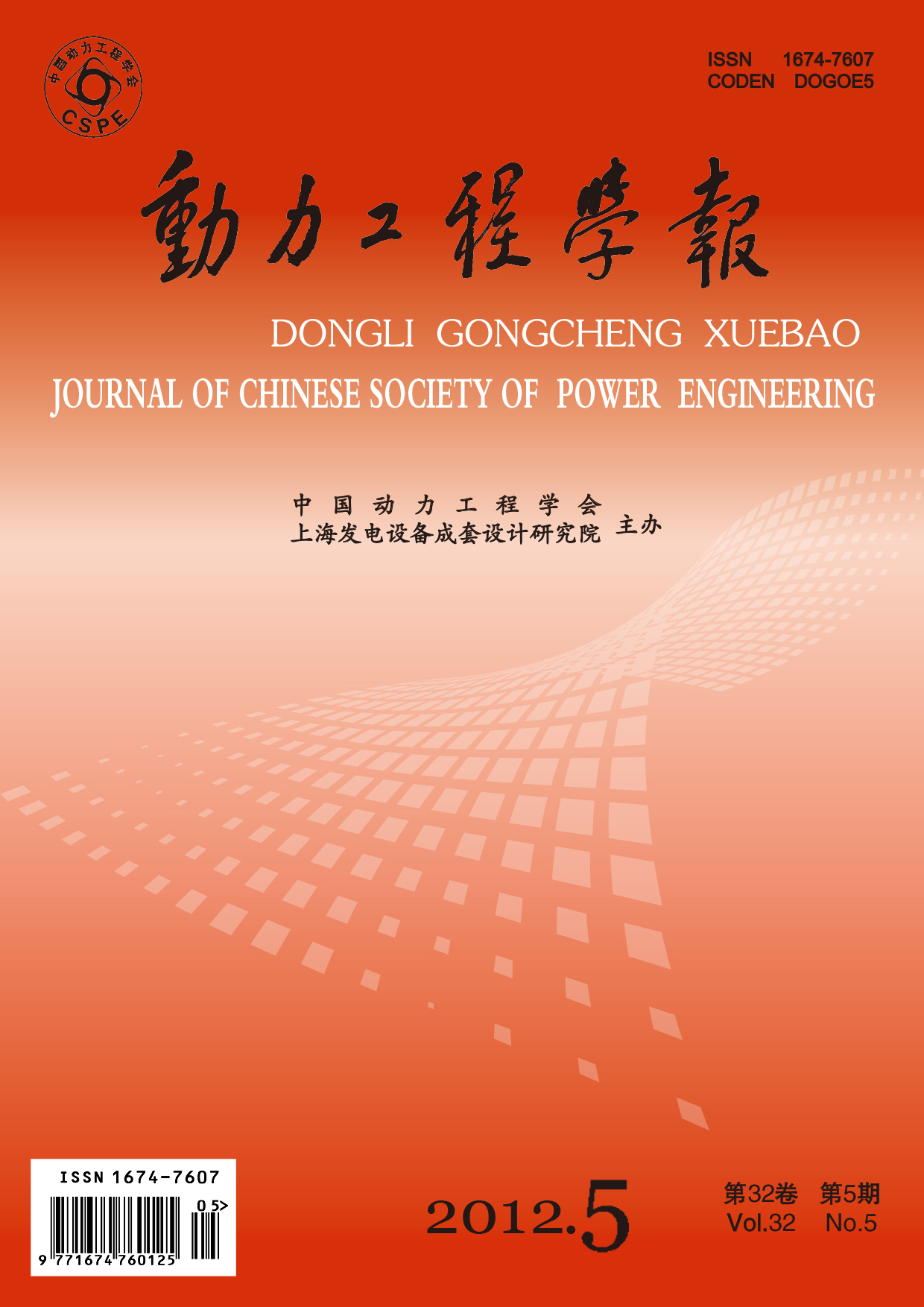Boiler Technology
ZHU Guang-ming, YAO Bin, DUAN Xue-nong, WU Zeng-jin,JIAO Qing-feng, YANG Yi, CHEN Yi-ping
2012, 32(5): 345-350.
Proximate analysis and thermogravimetric tests were carried out to two typical kinds of anthracite, while numerical simulation performed on blended coal combustion with anthracite in a direct-fired pulverizing system for W-shaped flame boilers at different coal blending modes using dual-mixture fraction/PDF approach, during which the in-furnace temperature field, oxygen concentration distribution and velocity field were obtained. Results show that the proximate analysis data for above two kinds of anthracite are basically the same, but their grindability and combustion characteristics are quite different. At the combustion mode of “blending before furnace”, the in-furnace temperature field, oxygen concentration distribution and velocity field are quite symmetrical, but the burn-off degree of coal powder is lower and the furnace outlet temperature is higher than the mode of “pulverizing coal in different mills”. At the combustion mode of “pulverizing coal in different mills”, the operation pattern of coal mill affects the combustion economy greatly, in which case optimization is possible even under the condition that one kind of anthracite is blended with another, therefore the combustion mode of “pulverizing coal in different mills” is believed to be beneficial for improvement of the combustion economy.
